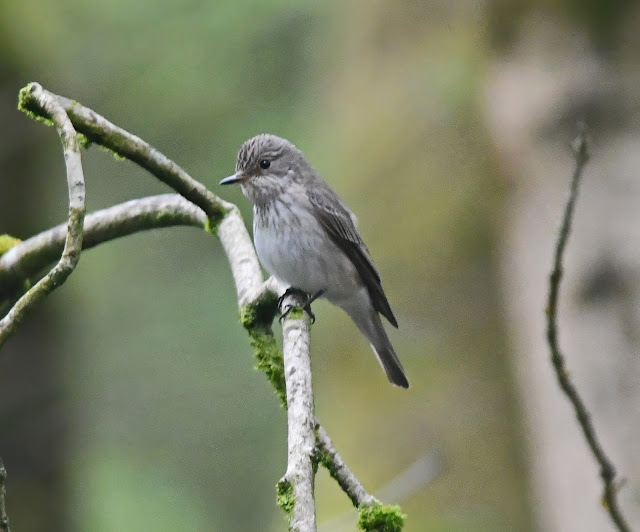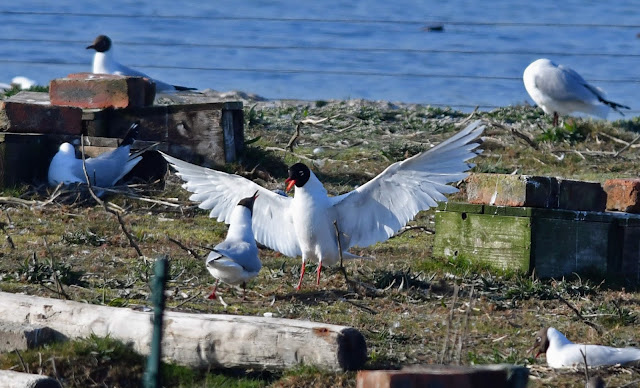A long awaited trip to see my parents after seven long months, took me to Norfolk once again. At this time of year the Dartford Warblers are busy nesting. Never the easiest bird to find, as they like to secrete themselves among the gorse and heather. They are a particularly shy bird, unless the male comes out to sing, or they are caught looking for insects and spiders. They do enjoy the sun though, and especially after a cold night. This can bring them higher up the bushes to where you may see them soaking up the warmth.
A lot of waiting is involved when looking for this species. Being able to spot any movement from the corner of your eye is also helpful. I have had many long mornings with nothing to show for my efforts. I have learnt to pick my time of year carefully now, and the reward is great. I would normally have been to look for them a month or so earlier but lockdown rules dictated otherwise, so I was a bit unsure as whether they would be as obliging. A long wait was still involved and the few minutes and seconds I got to see them was well worth it. The difference in time spent waiting and seeing is never fairly distributed, but a fair price to pay for such a fantastic looking bird, and one that we are privileged to have.
The male Dartford Warbler in typical pose.








































